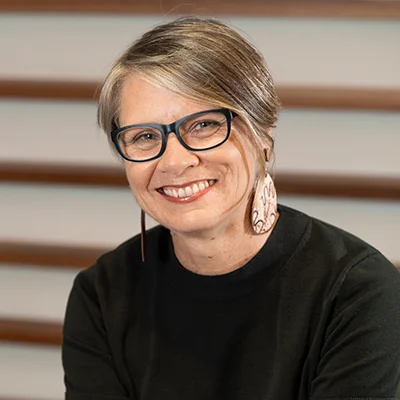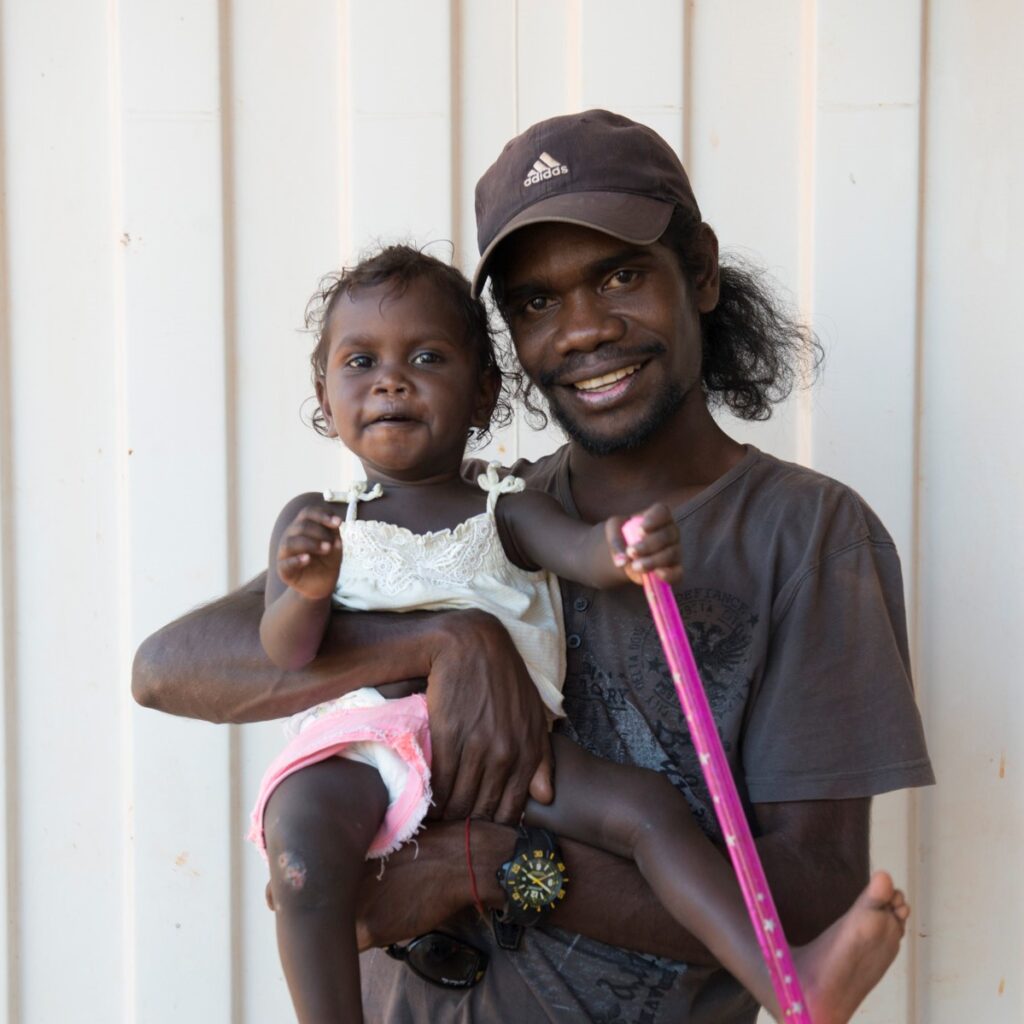Preparing for a future longitudinal study on supporting Aboriginal and Torres Strait Islander children with persistent Otitis Media
Background
Persistent middle ear infection or Otitis Media (OM) is a very common cause of hearing loss among young Aboriginal and Torres Strait Islander children. It can interfere with a child’s development, their quality of life, communication with family and friends, and school experiences.
Support for young Aboriginal and Torres Strait Islander children with persistent OM-related hearing loss comes in different forms, including ensuring the child has quality communication opportunities, using ‘hearing-friendly’ ways of communicating, and fitting hearing devices. However, not much is known about how much these and other supports help. This is an area that researchers at the National Acoustic Laboratories (NAL) are seeking to explore in a future long-term study, in partnership with Aboriginal and Torres Strait Islander communities and stakeholders. The Commonwealth Department of Health and Aged Care has provided funding to enable preparation or ‘groundwork’ for this future study.
NAL has been researching how best to support Australian children born with hearing loss for some time, through the Longitudinal Outcomes of Children with Hearing Impairment (LOCHI) study. In recent years, we have also worked with Aboriginal communities and services in a range of collaborative projects: follow ‘Research with Aboriginal and Torres Strait Islander communities’ tag on the right of this page. These skills, knowledge, relationships, and experiences will be helpful for this ‘groundwork’ project.
About this project
In this project, we aim to prepare for the future long-term study, by:
- Setting up Aboriginal and Torres Strait Islander research leadership, and forming relationships and partnerships with interested Aboriginal and Torres Strait Islander communities and organisations
- Listening to community perspectives and reviewing research on which aspects of child development and wellbeing, relevant to OM, are important to focus on in the long-term project
- Finding appropriate tools and resources for checking and supporting these aspects of development and wellbeing, and
- Documenting ‘communication pictures’ that depict how children and families interact and communicate, developing children’s listening and communication skills in the process.

The picture above represents how we are thinking about this project:
- • The project is grounded by Aboriginal and Torres Strait Islander research leadership, and beneficial community relationships and partnerships
- • The trunk is the main body of work, where we will work with families and stakeholders to decide priorities and goals of the future long-term study
- • The branches and fruit represent the knowledge gained around development and outcomes relevant to Aboriginal and Torres Strait Islander children with and without OM
- • The watering of the seedlings relates to the tools and supports to be found, that will help with checking and growing children’s listening and communication skills
- • The basket with gathered fruit is about the gathering of children’s ‘communication pictures’.
Finding out more
The project team will soon advertise for Aboriginal and Torres Strait Islander researchers, look for communities interested to partner in this work, and begin to seek input from organisations, groups, and individuals.
Contact Information
If you would like to find out more, contact samantha.harkus@nal.gov.au. The project team includes Isabel O’Keeffe (Linguist), Carmen Kung (Psycholinguist), Vivienne Marnane (Speech Pathologist and Epidemiologist), Meagan Ward and Sam Harkus (Audiologists).
Click the button below to view or download the Fact Sheet for Stakeholders


